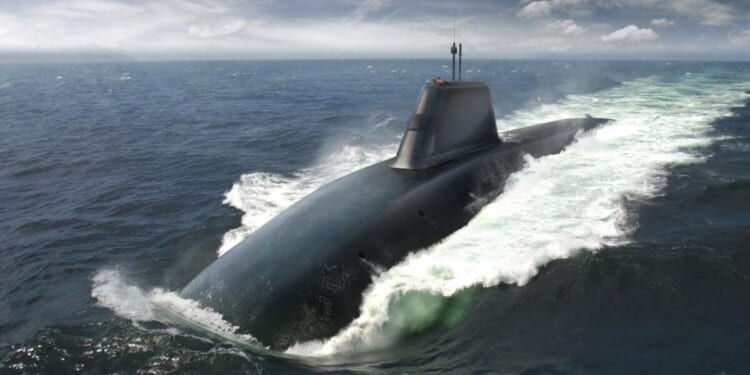Reports suggest that the British nuclear warhead’s yield will vary between 90 and 455 kilotons.
The United Kingdom is moving forward with the development of a next-generation nuclear warhead for its military.
Titled Project Astraea, the program aims to deliver a new nuclear warhead to arm the Royal Navy’s nuclear missile submarines.
Project Astraea
According to the British Ministry of Defence, Project Astraea is moving forward as planned under the Strategic Defence Review 2025 program.
In a written parliamentary response in the progress of Project Astraea, UK defence minister Luke Pollard stated that funding for the next-generation nuclear warhead is “included within the £15 billion [roughly $20 billion] investment in the sovereign nuclear warhead programme of this Parliament.”
Pollard was responding to a request about the projected cost of Project Astraea and clarified that the Ministry of Defence had withheld providing a number “for the purpose of safeguarding our national security.”
That £15 billion also covers sustainment and maintenance work on the existing Mk4A warhead arsenal, as well as upgrades to the Atomic Weapons Establishment (AWE). AWE is the organization responsible for designing and producing the British military’s nuclear warheads.
AWE is leading the development of Project Astraea, or the A21/Mk7 warhead, which will be a completely UK-led project. However, the warhead will share some technology with the US military’s W93 nuclear munition. The US-UK nuclear programs have gone hand-in-hand since their inception in World War II.
Reports suggest that the British nuclear warhead’s yield will vary between 90 and 455 kilotons, a significant increase from the 100 kilotons of the current Holbrook warhead equipping British ballistic missiles.
London expects the new nuclear warhead to equip its upcoming Dreadnought-class ballistic missile submarines sometime in the next decade. The Royal Navy plans to add four submarines of the class to its fleet, beginning in the early 2030s.
Astraea is an interesting name for the program, as it comes from the ancient Greek goddess of justice.
The British Nuclear Arsenal
The UK is one of the oldest nuclear powers in the world, having achieved a nuclear capability shortly after the United States and the Soviet Union. Although the UK cannot compete with the modern nuclear arsenals of the United States and Russia, which number in over 5,000 warheads each, it is still a respectable nuclear power.
The UK has approximately 225 nuclear warheads, 120 of which are deployed and 105 stored in reserve. Deployed warheads are easily accessible and in proper condition to be used in action if necessary. Warheads in reserve require deployment before they can be used.
The British military’s nuclear capabilities are centered around air and maritime weapons. The UK does not have a nuclear triad, the combination of ground, air, and maritime assets capable of deploying nuclear munitions.
Nevertheless, there is always at least one Royal Navy guided missile submarine stealthily making its way around the world’s oceans, equipped with Trident II D5 ballistic missiles and nuclear warheads to respond to a nuclear attack.
With the specter of a nuclear war once again looming over Europe following Russia’s large-scale invasion of Ukraine, nuclear-capable NATO members are dusting off their nuclear capabilities in preparation for the unthinkable.
About the Author: Stavros Atlamazoglou
Stavros Atlamazoglou is a seasoned defense journalist specializing in special operations and a Hellenic Army veteran (national service with the 575th Marine Battalion and Army HQ). He holds a BA from the Johns Hopkins University and an MA from the Johns Hopkins’ School of Advanced International Studies (SAIS). His work has been featured in Business Insider, Sandboxx, and SOFREP.
Image: Royal Navy, OGL 3, Wikimedia Commons


















